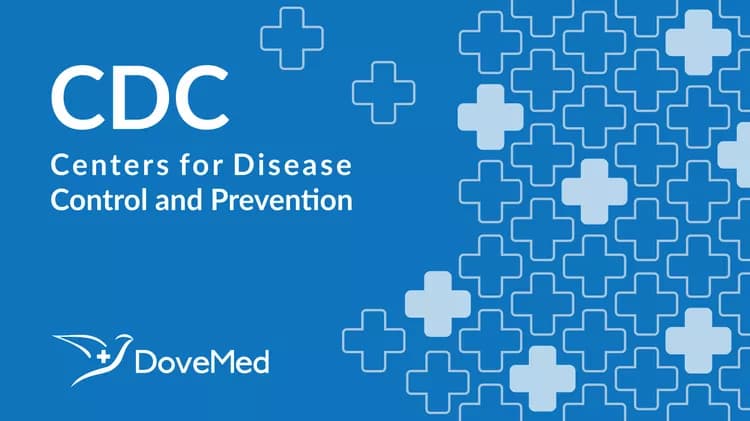
Saving Patients From Sepsis Is A Race Against Time
Saving patients from sepsis is a race against time
CDC calls sepsis a medical emergency; encourages prompt action for prevention, early recognition
Sepsis is caused by the body’s overwhelming and life-threatening response to an infection and requires rapid intervention. It begins outside of the hospital for nearly 80 percent of patients. According to a new Vital Signs report released by CDC, about 7 in 10 patients with sepsis had used health care services recently or had chronic diseases that required frequent medical care. These represent opportunities for healthcare providers to prevent, recognize, and treat sepsis long before it can cause life-threatening illness or death.
“When sepsis occurs, it should be treated as a medical emergency,” said CDC Director Tom Frieden, M.D., M.P.H. “Doctors and nurses can prevent sepsis and also the devastating effects of sepsis, and patients and families can watch for sepsis and ask, ‘could this be sepsis?’”
Certain people with an infection are more likely to get sepsis, including people age 65 years or older, infants less than 1 year old, people who have weakened immune systems, and people who have chronic medical conditions (such as diabetes). While much less common, even healthy children and adults can develop sepsis from an infection, especially when not recognized early. The signs and symptoms of sepsis include: shivering, fever, or feeling very cold; extreme pain or discomfort; clammy or sweaty skin; confusion or disorientation; shortness of breath and a high heart rate.
According to the Vital Signs report, infections of the lung, urinary tract, skin, and gut most often led to sepsis. In most cases, the germ that caused the infection leading to sepsis was not identified. When identified, the most common germs leading to sepsis were Staphylococcus aureus, Escherichia coli (E. coli), and some types of Streptococcus.
Health care providers, patients and their family members can work as a team to prevent sepsis.
Health care providers play a critical role in protecting patients from infections that can lead to sepsis and recognizing sepsis early. Health care providers can:
Prevent infections. Follow infection control requirements (such as handwashing) and ensure patients to get recommended vaccines (e.g., flu and pneumococcal).
Educate patients and their families. Stress the need to prevent infections, manage chronic conditions, and, if an infection is not improving, promptly seek care. Don’t delay.
Think sepsis. Know the signs and symptoms to identify and treat patients earlier.
Act fast. If sepsis is suspected, order tests to help determine if an infection is present, where it is, and what caused it. Start antibiotics and other recommended medical care immediately.
Reassess patient management. Check patient progress frequently. Reassess antibiotic therapy 24-48 hours or sooner to change therapy as needed. Determine whether the type of antibiotics, dose, and duration are correct.
CDC is working on five key areas related to sepsis:
Increasing sepsis awareness by engaging clinical professional organizations and patient advocates.
Aligning infection prevention, chronic disease management, and appropriate antibiotic use to promote early recognition of sepsis.
Studying risk factors for sepsis that can guide focused prevention and early recognition.
Developing tracking for sepsis to measure impact of successful interventions.
Preventing infections that may lead to sepsis by promoting vaccination programs, chronic disease management, infection prevention, and appropriate antibiotic use.
To read the entire Vital Signs report visit: www.cdc.gov/vitalsigns/sepsis.
For more information on sepsis and CDC’s work visit: www.cdc.gov/sepsis.
###
U.S. DEPARTMENT OF HEALTH AND HUMAN SERVICES
Related Articles
Test Your Knowledge
Asked by users
Related Centers
Related Specialties
Related Physicians
Related Procedures
Related Resources
Join DoveHubs
and connect with fellow professionals

0 Comments
Please log in to post a comment.